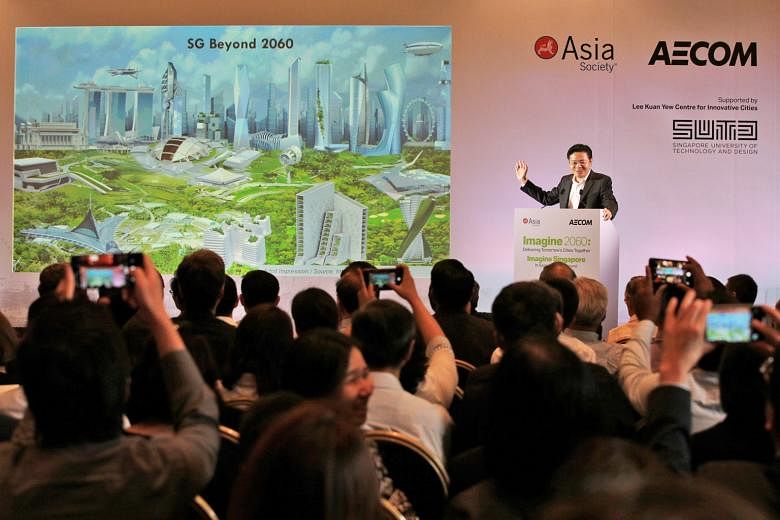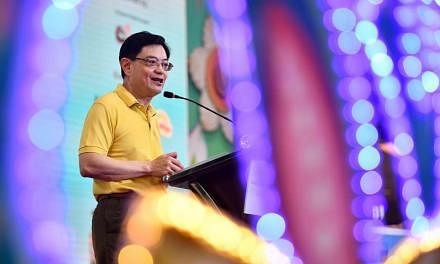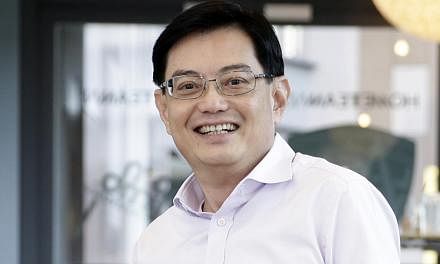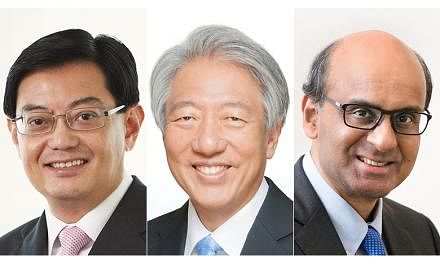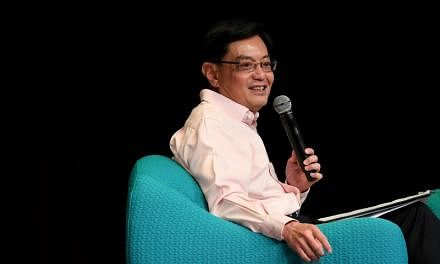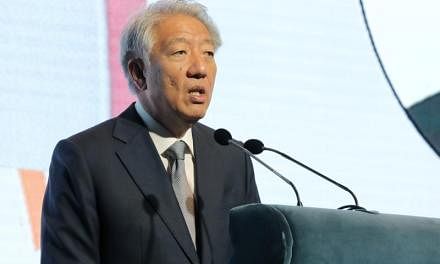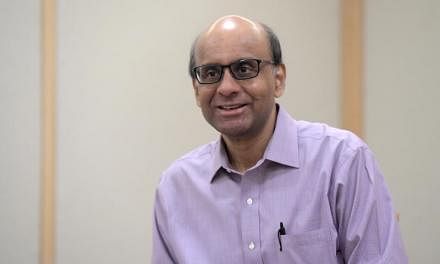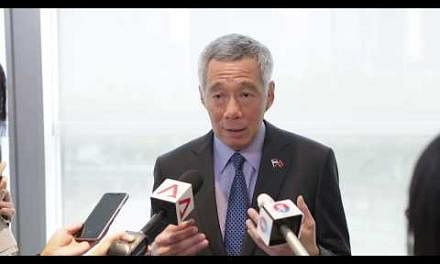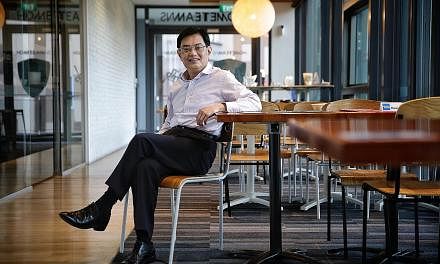Land-scarce Singapore must have bold and visionary leadership to overcome more complex urban development challenges in the years ahead, Emeritus Senior Minister Goh Chok Tong said yesterday.
He highlighted the need for leadership that "weighs the people's long-term interests against their immediate needs, and makes tough but balanced decisions".
Mr Goh pointed to the Land Acquisition Act of 1966 - a "difficult but necessary policy" which allowed the Government to buy land for public redevelopment.
"It was painful to land owners whose land was acquired and disruptive to the thousands of ordinary folks who had to be resettled.
"But it helped make Singapore what it is today," he told some 150 government officers, business leaders and students at the Imagine 2060 symposium organised by the Asia Society and Aecom.
"Going forward, there are more difficult decisions to be made and these are decisions to be made by (National Development Minister) Lawrence Wong and his colleagues," Mr Goh said. "For example, how do we go car-lite?"
Mr Goh's comments came two days after Singapore took another significant step in its leadership transition, with an announcement that Finance Minister Heng Swee Keat will be Deputy Prime Minister from May 1.
Besides bold leadership, Mr Goh said it is also critical to have good economic growth to be able to renew the city, and to transcend from an affluent society to a gracious one, which has a bearing on its liveability.
"Singapore is densely populated, but that does not mean we should be dense in our social behaviour," he added.
Speaking after Mr Goh, Mr Wong outlined how Singapore plans to fit future generations by "going upward, downward and seaward".
On going upward, he said Singapore is used to high-rise living but there are still places that have not maximised their full potential.
This includes the Paya Lebar area, where some 800ha of land - about the size of Bishan - will be freed up when the airbase is relocated in 2030. The move will also remove height restrictions and allow surrounding industrial areas to be built more efficiently.
The second strategy is to expand how Singapore uses its underground space.
For instance, the Government is now studying if it is possible to co-locate utility lines in MRT tunnels, or have underground water storage in addition to deep tunnel sewerage or district cooling systems.
The third way Singapore can expand its land is by heading to the sea, said Mr Wong, suggesting floating platforms which could hold offshore solar panels, deep-sea fish farming, as well as reclamation.
Reclamation, he added, is important for another reason: "When we imagine Singapore in 2060, a scenario we must surely contemplate is one where we are inundated by rising sea levels.
"It's a very real existential threat."
By raising the reclamation levels by an additional 1m, "we are building up our coastline to a higher level and strengthening our defences against rising sea levels," he said.
But such endeavours are costly and require a lot of sand, so other strategies are required, such as the use of polders - pieces of reclaimed low-lying land protected by dykes - and protective infrastructure such as sea walls and pumping stations.
Technology is key to sustaining these strategies, Mr Wong added.
"This is why we are investing in research and development in a wide range of urban solutions, to tackle existential threats like global warming and food security, to create new versions of urban living that will be more fulfilling and sustainable than before," he said.
Concluding, he said space will always be a concern in Singapore.
But he urged the audience to think of cities as living organisms.
"Competition is intense and it is the survival of the fittest. We either adapt and grow, or we stagnate and perish."
